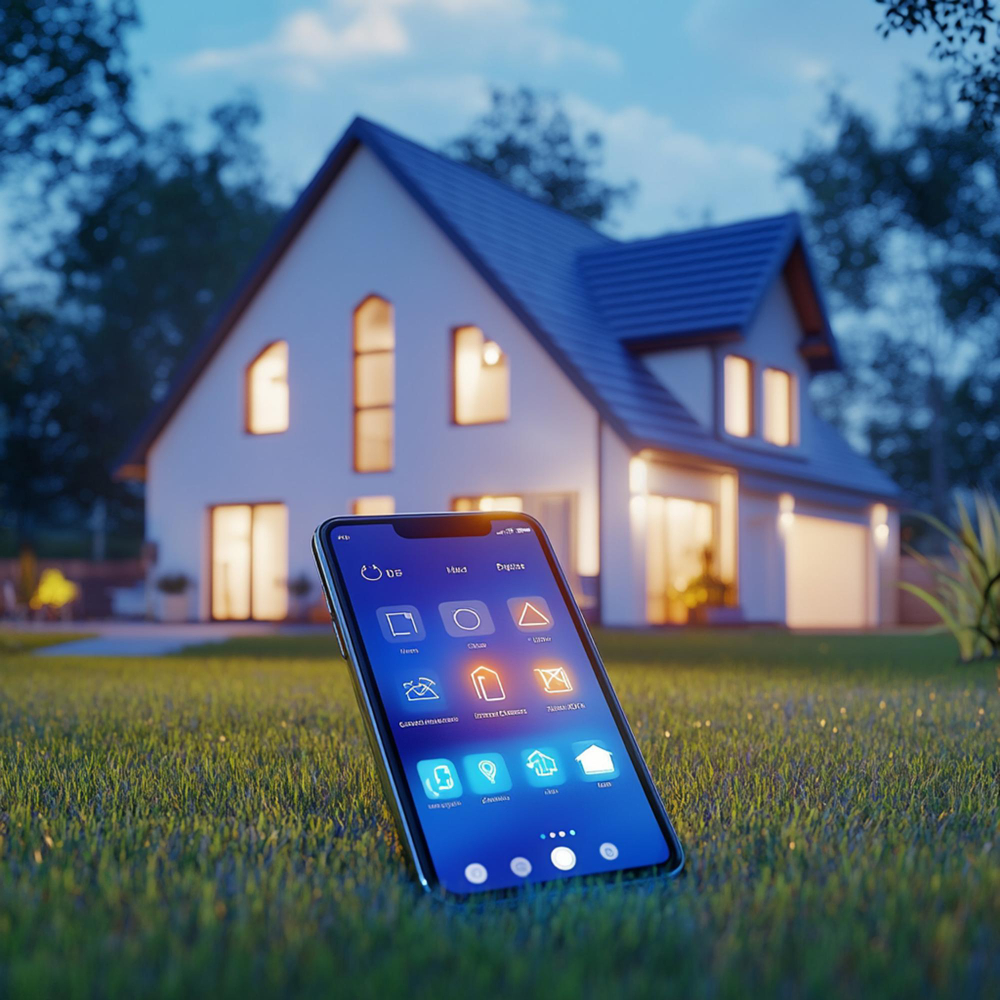Introduction:
Smart homes are no longer just a luxury for tech enthusiasts; they’re becoming a standard in the real estate market. With advancements in automation, security, and energy efficiency, smart homes are not only enhancing quality of life but also transforming the way investors view properties. This blog explores the growing trend of smart homes and how they’re shaping the future of real estate investment.
1. What Is a Smart Home?
A smart home integrates devices and systems that can be controlled remotely via apps or voice commands. These devices can manage lighting, security, heating, and even appliances, offering convenience and energy efficiency.
Key Features of a Smart Home:
- Automated Lighting and Climate Control
- Smart Security Systems (cameras, doorbells, alarms)
- Voice-Activated Assistants (Alexa, Google Home)
- Smart Appliances (refrigerators, washing machines, etc.)
2. Why Are Smart Homes Attractive to Investors?
Investors are increasingly drawn to smart homes due to the following benefits:
- Higher Property Value: Homes with integrated smart technology can fetch higher prices.
- Attracting Tenants: Tenants are willing to pay more for homes with modern conveniences and security features.
- Operational Savings: Energy-efficient systems help reduce operational costs.
3. Market Demand for Smart Homes
The demand for smart homes is being driven by younger, tech-savvy buyers who prioritize convenience and energy efficiency. As a result, more developers are integrating smart technology into new builds, and existing properties are being upgraded.
Consumer Trends Driving Demand:
- Sustainability: Smart homes contribute to energy conservation, appealing to eco-conscious buyers.
- Convenience: Remote control of home systems offers greater ease of living.
- Security: Enhanced security features like smart locks and surveillance cameras provide peace of mind.
4. The Impact of Smart Technology on Property Management
For property managers, smart homes offer tools that can streamline operations and improve tenant satisfaction.
- Remote Monitoring: Landlords can monitor energy usage, security, and even appliance conditions.
- Maintenance Alerts: Automated systems can alert property managers when repairs are needed.
- Automated Rent Payments: Smart homes can integrate with payment systems for hassle-free transactions.
5. Challenges in Smart Home Investment
While smart homes offer significant advantages, there are some challenges:
- High Upfront Costs: Installing smart technology can be expensive.
- Technology Obsolescence: Rapid technological changes mean that devices may need frequent updates or replacements.
- Privacy Concerns: Some tenants may be wary of the potential for surveillance or data collection.
6. How to Invest in Smart Homes
For investors interested in smart home properties:
- Choose the Right Location: Areas with high demand for tech-forward living will yield better returns.
- Upgrade Existing Properties: Retrofitting older homes with smart technology can increase value and attract higher rents.
- Work with Tech-Savvy Developers: Partner with builders who specialize in smart home technology to stay ahead of the curve.
Conclusion:
The future of real estate is undoubtedly intertwined with smart technology. As demand for smart homes continues to rise, investors who embrace this trend will be positioned for success. By investing in properties with smart home features, investors can increase the value of their assets, appeal to modern tenants, and contribute to a more sustainable, connected world.











